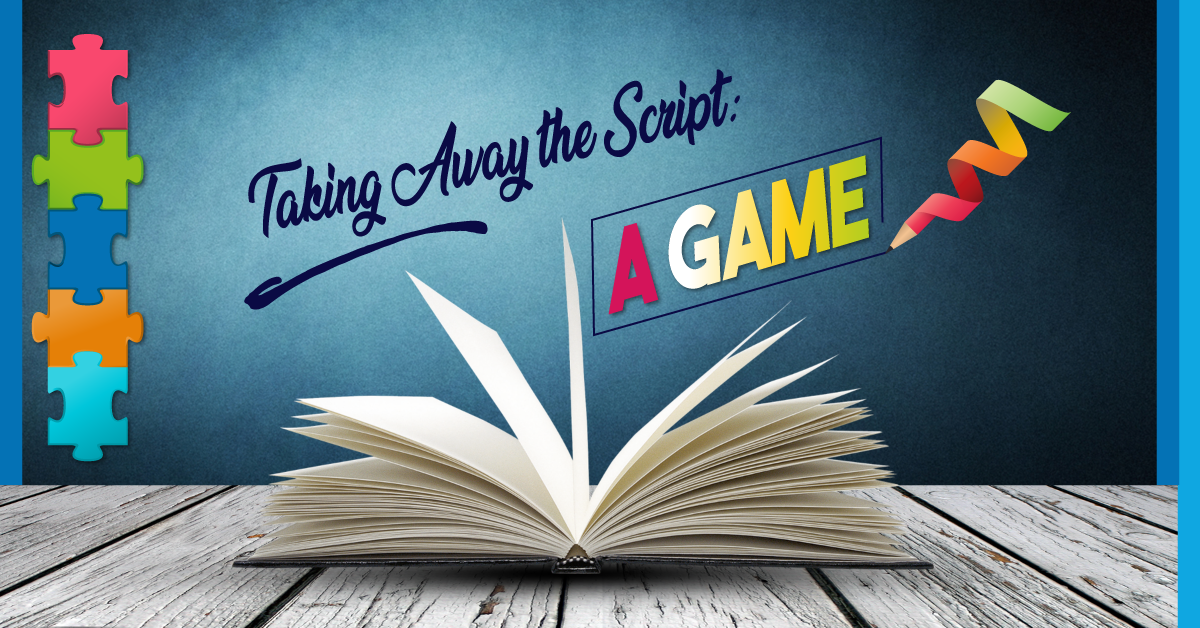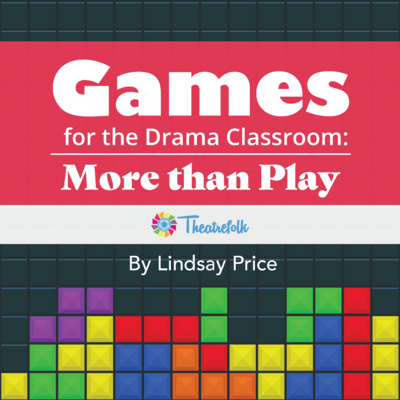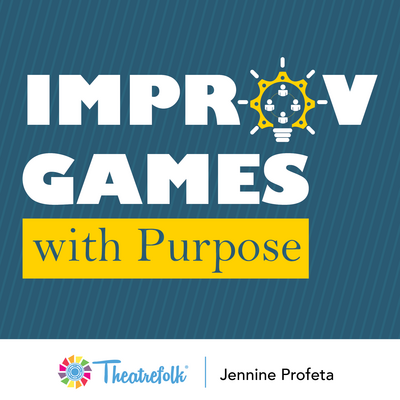Theatre Game: Tableau Scenes from a Book
This is one of my absolute favourite theatre games. I always use it in my early drama classes because, not only is it a fun way to approach the basics of tableau, it’s a good way for students to start getting to know each other in smaller groups. As well, tableau is a great way for students who may be new to performance, or shy, to dip their toes into performing without having to speak in front of people right away. Try it!
What You Need
- A book of photos of people, like a souvenir show program book (my favourite is the annotated script book of Peter and the Starcatcher as it has lots of photos of the original cast)
OR - A scrapbook album or selection of photographs of groups of people (photos can be black and white or colour, modern or vintage)
OR - A collection of magazine or catalogue tear-outs with photos of people
- Optional : a digital camera or iPad to take photos of your students’ tableau scenes so they can see what they look like
Pre-Game Discussion
- What is a tableau? (The full name is “tableau vivant,” or “living picture” – a frozen, silent scene meant to tell a story visually.)
- What are the rules of tableau?
- The scene must tell a story visually, without movement or sound.
- And yes, of course students can blink and breathe! This silly question always seems to come up when I teach tableau.
- How do you create a tableau scene?
- What is the purpose of tableau? How could it be used in a theatrical production?
Directions
Divide the class into small groups of four or five.
Determine which student in each group will be the “director” (tallest/shortest student in the group, next student to have a birthday, etc.).
Select a photo that has a similar number of people as students in each group. (If the photo has the same number of people as group members, the director will also be part of the tableau. If there is one less person in the photo than in the group, the director will not be in the actual tableau.) All groups will use the same photo.
Groups will have three minutes to replicate the photograph in tableau. However, only the directors may look at the photo that the groups are replicating. The directors may go back and look at the photo as many times as they need to, and can use different means of directing the other group members (demonstrating physically, describing/explaining verbally, physically “moulding” their teammates, etc.) – other than actually showing them the photo.
Once the group’s director has given a student a direction, they must follow the direction, even if they feel silly! Remember, tableau scenes are frozen pictures, so no wiggling and giggling!
Have students focus on showing details in their tableau scenes – such as facial expressions, postures, positioning of their hands and fingers, facing in the correct direction, and more. Creating a strong tableau scene takes more than just standing in a frozen position!
Once the three minutes are up, have all the students hold their frozen positions so you can look at each group. It is important for all the groups to freeze at the same time so the groups don’t try to change their work when they see what the other groups have done. Walk around to each group and observe their attention to detail. If you want, take digital photos of each tableau so you can show the groups what they actually looked like. (That is the tough part of tableau – your students can’t actually see what they’re doing.) Compare each group’s tableau attempt with the actual photo they were imitating. Point out what each group did well and what they could improve on for next time. If you wish to make the game into a competition, announce which group was the winner!
Repeat the exercise with a new photo and new directors. You may also wish to swap out the members of the groups to mix things up!
Click here for a free post-game reflection.
Related Articles
Games for the Drama Classroom: More Than Play
by Lindsay Price
A collection of games and activities that go well beyond the notion of "play."
Improv Games with Purpose
by Jennine Profeta
Improv games including feedback suggestions and questions, game variations, teaching tips, side coaching tips, entry prompts, exit slip questions, and more!





